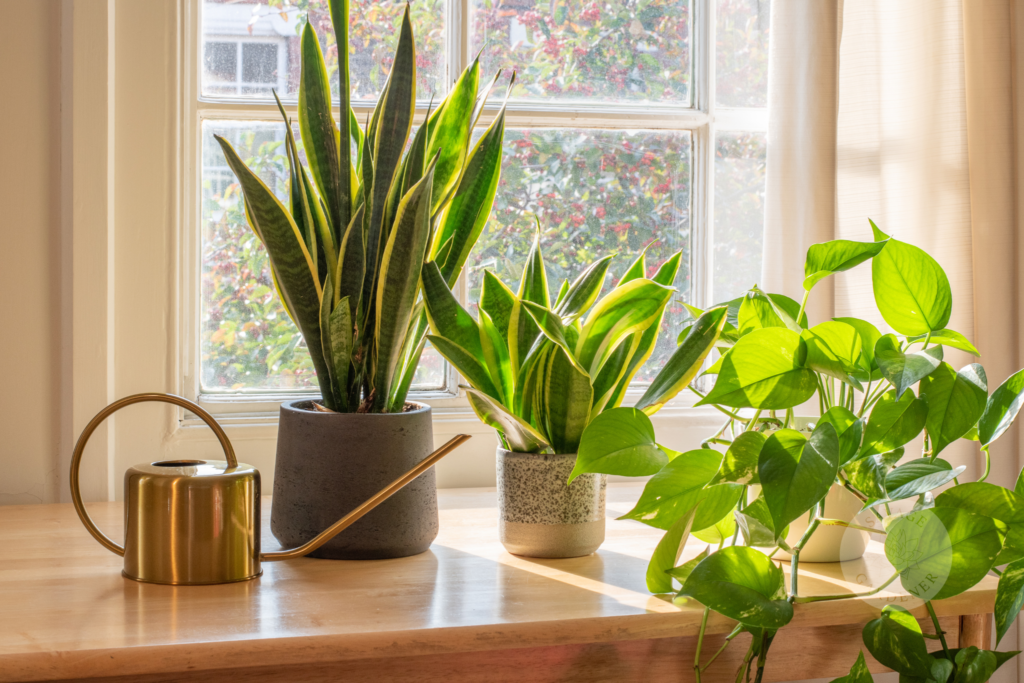
What pot should I pick for my houseplants?
Welcome to my comprehensive guide on choosing the perfect indoor planter for your houseplants! As someone who loves plants and enjoys watching them grow, I understand how important it is to find the right pot for each plant. Choosing the right pot is more than just a matter of aesthetics; it’s about ensuring your plants have the best environment to thrive.
The right planter can help control moisture levels, provide adequate drainage, and support the plant’s growth. My favourite planters are terracotta ones—if every plant could thrive in terracotta, I’d have so many of them! But, as we’ll discover, different plants have different needs. So, let’s dive into the world of indoor planters and find out how to choose the best one for your green friends.
Understanding Your Plant’s Needs
When selecting an indoor planter, it’s essential to consider the specific needs of your plants. Different types of houseplants have different requirements, and understanding these can help you make an informed choice. Let’s compare succulents and tropical plants to show this point.
Light Requirements
Succulents are sun-lovers. They thrive in bright, direct light and can tolerate some level of neglect when it comes to watering. Tropical plants, on the other hand, usually prefer bright, indirect light. They mimic the conditions of a rainforest, where they grow under a canopy of trees. This difference in light requirements means that the indoor planter you choose needs to support the plant’s light needs. For instance, a heavy ceramic pot might be better for a succulent placed on a sunny windowsill, whereas a lighter plastic pot might work well for a tropical plant in a shadier spot since plastic can be prone to cracking.
Watering Needs
Watering needs vary greatly between succulents and tropical plants. Succulents require less water, and their roots can rot if they sit in waterlogged soil. This makes a well-draining indoor planter with drainage holes an ideal choice for them. Tropical plants, however, need more frequent watering. They may prefer consistently moist soil, so a pot that helps retain moisture, such as one with a saucer or a double potting system, is beneficial. A double potting system is when you have a nursery pot inside of another one, like a ceramic!
Root Growth Patterns
Succulents typically have shallow root systems, while tropical plants often have more extensive root networks. This affects the type of indoor planter that will work best. A shallow, wide planter is suitable for succulents, providing ample space for their roots without retaining too much moisture. Tropical plants might need deeper pots to accommodate their root growth and ensure they have enough space to develop properly.
Understanding these basic needs—light, water, and root space—helps in choosing the right pot. The goal is to create an environment that supports the plant’s natural growth patterns and keeps them healthy.
Materials Matter: Choosing the Right Indoor Planter Material
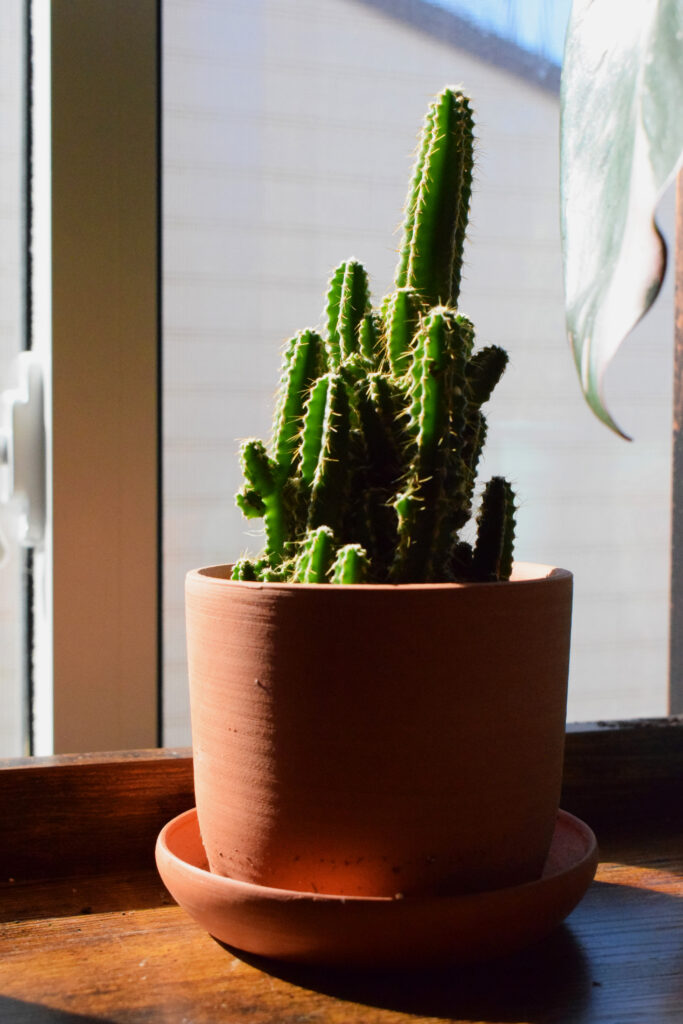
The material of your indoor planter plays a significant role in the health of your plants. Different materials have different properties that can benefit or hinder plant growth. Let’s explore some common materials and their pros and cons.
Terracotta
Terracotta pots are my personal favourite. They have a natural, rustic look and are excellent for controlling moisture. The porous nature of terracotta allows excess water to evaporate, preventing root rot. However, this also means that you might need to water your plants more frequently. Terracotta pots can develop mineral deposits over time, which some people love for the character it adds, while others may find it less appealing. They are perfect for succulents and cacti, which thrive in dry conditions.
Ceramic
Ceramic planters are popular for their aesthetic appeal. They come in various designs and colours, making them a great addition to any home decor. However, many ceramic pots lack drainage holes, which can be problematic for plants that require well-draining soil. Despite this, they can be an excellent choice for plants that like to retain some moisture, provided you are careful with watering. They are also excellent for the double-pot method!
Plastic
Plastic planters are durable and lightweight. They are often more affordable and can last longer than other materials. However, they may not be as visually appealing as ceramic or terracotta pots. Plastic pots usually come with drainage holes, which is great for plants that need good drainage. They are also easy to move around, making them a versatile option for indoor plants.
Nursery Pots
Nursery pots are often not the prettiest option, but they are incredibly functional. These pots typically come with multiple drainage holes, ensuring excellent water management. They are often used inside decorative pots, combining practicality with aesthetics. Nursery pots are ideal for tropical plants that need a more controlled environment, as they allow you to manage watering and drainage effectively.
Choosing the right material depends on your plant’s needs and your personal preferences. For instance, succulents and cacti do well in terracotta pots, which help keep the soil dry. On the other hand, tropical plants might benefit from being in a nursery pot placed inside a decorative ceramic pot, ensuring both functionality and beauty.
Size Matters: Selecting the Right Planter Size
The size of your indoor planter is crucial for the health and growth of your plants. Choosing the right size can ensure that your plant has enough space to grow and develop its roots without being too cramped or too loose.
Importance of Size
Choosing a planter that is too small can restrict root growth, leading to a plant that is stunted and unhealthy. On the other hand, an indoor plant pot that is too large can hold too much moisture, increasing the risk of root rot. The key is to find a balance that provides enough space for the plant to grow while ensuring proper drainage and moisture control.
Measuring and Choosing the Appropriate Size
A general guideline is to choose a planter that is about 2 inches larger in diameter than the current size of the plant’s pot. This rule works well for most plants, giving them enough room to grow without overwhelming them with too much soil. However, if your plant is growing very quickly, you might want to opt for a slightly larger pot to accommodate its rapid growth.
When repotting, gently remove the plant from its current pot and check the roots. If the roots are tightly packed or circling the pot, it’s time for a larger planter. Ensure the new indoor planter has enough space for the roots to spread out comfortably.
Impact on Growth and Health
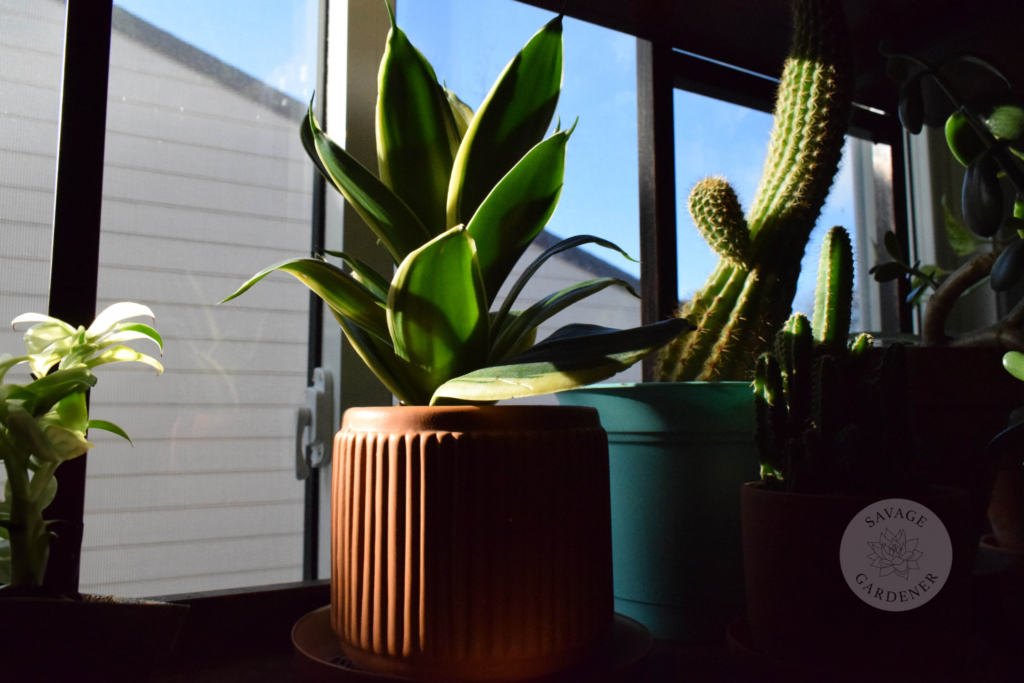
The right-sized indoor planter allows for healthy root development, which is essential for the overall health of the plant. Adequate root space enables the plant to absorb nutrients and water more efficiently. It also provides stability for the plant, reducing the risk of toppling over as it grows larger.
In summary, paying attention to the size of your indoor planter can make a significant difference in your plant’s health and growth. A properly sized pot supports robust root development and helps maintain the right moisture levels.
Drainage: The Key to Healthy Plants
One of the most critical factors in choosing a houseplant pot is ensuring it provides adequate drainage. Proper drainage is essential for preventing waterlogged soil, which can lead to root rot and other issues.
Importance of Drainage
Plants need oxygen to their roots, and waterlogged soil can suffocate them. Without proper drainage, excess water accumulates in the soil, leading to root rot and other diseases. This is why drainage holes in your indoor planter are so important.
Drainage Options for Indoor Planters
There are several ways to ensure good drainage for your indoor plants:
- Drainage Holes: The simplest and most effective way is to use pots with drainage holes. These holes allow excess water to escape, preventing water from pooling at the bottom of the pot.
- Double Potting: Another method is to use a nursery pot with drainage holes inside a decorative pot without holes. This setup allows you to maintain the aesthetic appeal of your indoor planter while ensuring proper drainage.
- Layering with stones or activated charcoal: If you have a planter without drainage holes, you can create a drainage layer by adding gravel or small stones at the bottom of the pot. This helps to create space for excess water to collect, reducing the risk of root rot. Note: be careful with this option, water can collect in the bottom of the pot and it may not work the best if you are not watering carefully.
Solutions for Indoor Planters Without Drainage Holes
Sometimes, you might fall in love with an indoor planter that doesn’t have drainage holes. While this can be tricky, it’s not impossible to work with. If you’re confident in your watering abilities and familiar with your plant’s needs, you can manage without drainage holes. However, be very careful not to overwater, as the excess moisture has nowhere to go. Monitoring the soil moisture closely and watering sparingly can help mitigate the risks.
In conclusion, ensuring proper drainage is vital for the health of your indoor plants. Whether you choose pots with drainage holes, double potting, or create a drainage layer, making sure your plants don’t sit in waterlogged soil will help them thrive.
Style and Aesthetics: Matching Your Decor
Choosing the right plant pot is not only about functionality but also about adding a touch of style to your home decor. A beautiful planter can enhance the overall look of your space while providing a suitable environment for your plants.
Choosing an Indoor Planter to Fit Your Decor
When selecting an indoor planter, consider the overall style of your home. Do you prefer a modern, minimalist look, or are you more inclined towards a rustic, bohemian vibe? The style of your planter should complement your existing decor. For a modern home, sleek ceramic pots in neutral tones can be a great choice. For a more eclectic style, colourful or patterned planters can add a pop of personality to your space. To try switching up your design, consider a wall planter, a large indoor plant pot, or a raised planter for some variety!
Various Styles and Designs
Indoor planters come in a wide range of styles and designs. Here are a few options to consider:
- Classic Ceramic: Elegant and timeless, ceramic planters come in various shapes, sizes, and colours. They can easily blend into any decor style.
- Rustic Terracotta: These pots have a natural, earthy appeal and are perfect for a rustic or farmhouse-style home. I also love a green-orange combo, which these are perfect for!
- Decorative Baskets: For a bohemian or coastal look, consider using woven baskets as planters. They add texture and warmth to your space.
Blending Functionality with Aesthetics
While aesthetics are important, don’t forget about functionality. Ensure the planter you choose not only looks good but also meets your plant’s needs. For instance, a beautiful ceramic pot without drainage holes can be used with a nursery pot inside to provide both style and function. Mixing and matching different planters can create an interesting and visually appealing display.
Incorporating planters that match your home decor can enhance the overall ambiance of your space while providing a suitable environment for your plants.
Practical Tips for Choosing Indoor Planters
Selecting the perfect houseplant pot involves considering various practical aspects to ensure your plants thrive. Here are some tips to help you make the best choice:
Consider the Plant’s Growth Rate
Different plants grow at different rates. Fast-growing plants may need to be repotted more frequently, so choosing a planter with enough space for growth is crucial. If your plant is a slow grower, you can opt for a smaller pot and enjoy it in its current state for a longer period.
Think About Portability
Portability is another factor to consider, especially if you like to rearrange your plants or move them around for better light. Lightweight materials like plastic or small to medium-sized pots are easier to move. On the other hand, larger ceramic or terracotta pots can be heavy and difficult to relocate or move on a watering day!
Plan for Seasonal Changes
Seasonal changes can affect your plants’ needs. During the growing season, plants may require more water and nutrients, so a pot with good drainage and enough space for growth is beneficial. In winter, plants often need less water, so consider adjusting your watering schedule and possibly moving plants to a different location.
Avoiding Common Mistakes
Avoid some common mistakes when choosing indoor planters:
- Overwatering: Ensure your planter has adequate drainage to prevent overwatering, which can lead to root rot.
- Choosing the Wrong Size: As mentioned earlier, select an indoor plant pot that is appropriately sized for your plant’s root system. Too small, and the plant will be cramped; too large, and the soil may retain too much moisture.
- Ignoring Aesthetics: While functionality is important, don’t overlook aesthetics. A beautiful planter that complements your decor can enhance the overall look of your space and make you happier with your indoor garden.
By considering these practical tips, you can choose indoor planters that not only look great but also support the health and growth of your plants.
Maintenance and Care
Proper maintenance and care are essential to keep both your indoor planter and plant in good condition. Here are some tips to help you maintain them:
Ongoing Maintenance
Regular maintenance includes watering, cleaning, and checking for pests. Ensure you follow a consistent watering schedule that suits your plant’s needs. Clean the planter periodically to remove dust and dirt (that isn’t IN the pot), and inspect the plant for any signs of pests or diseases.
Keeping the Planter and Plant in Good Condition
To keep your indoor planter in good condition, handle it with care, especially if it’s made of fragile materials like ceramic. Avoid dropping or bumping the planter to prevent cracks or chips. For the plant, ensure it gets the right amount of light, water, and nutrients.
Additional Accessories
Consider using additional accessories to help with maintenance:
- Plant Stands: Elevate your planters with plant stands to improve air circulation and make watering easier.
- Humidity/Water Trays: Place humidity trays under your planters to increase humidity/moisture levels for tropical plants.
- Watering Cans with Long Spouts: These can help you water your plants more accurately, especially those in narrow or tall planters.
By following these maintenance tips, you can ensure your indoor planters and plants remain healthy and beautiful.
Conclusion
Choosing the right indoor planter is essential for the health and growth of your houseplants. By understanding your plant’s needs, selecting the appropriate materials and sizes, ensuring proper drainage, and matching your decor, you can create a thriving indoor garden. Remember to consider practical tips and maintain your planters and plants regularly. Thank you for reading, and I hope you find these tips helpful in your journey to create a beautiful and healthy indoor garden. Feel free to share your experiences or ask questions in the comments below. Happy planting!
Discover more from Savage Gardener
Subscribe to get the latest posts sent to your email.
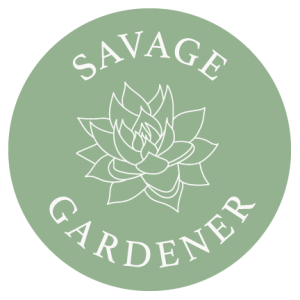
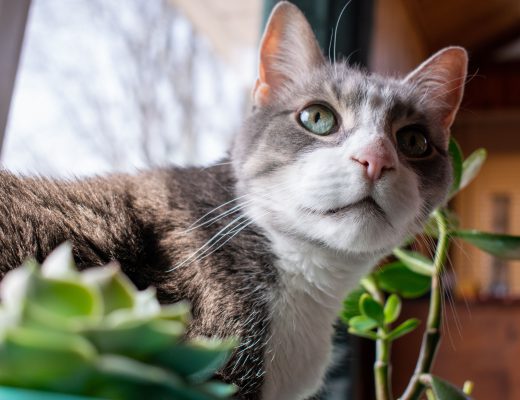

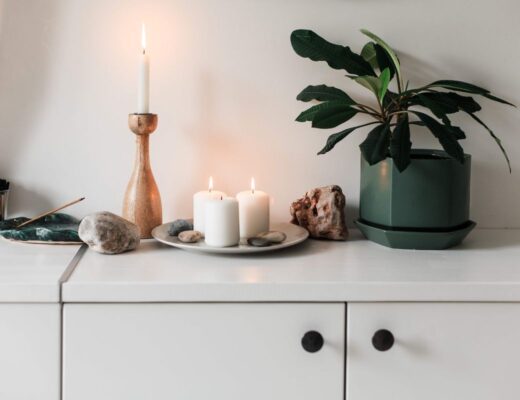
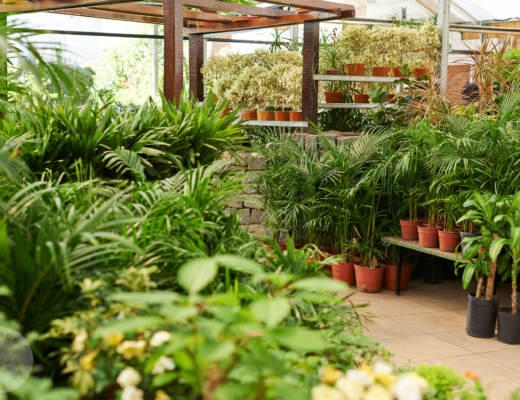
2 Comments
Dorothy
July 8, 2024 at 11:52 pmLots of good tips!
Brianna Rockett
July 21, 2024 at 6:49 pmThank you, I’m glad you liked them!